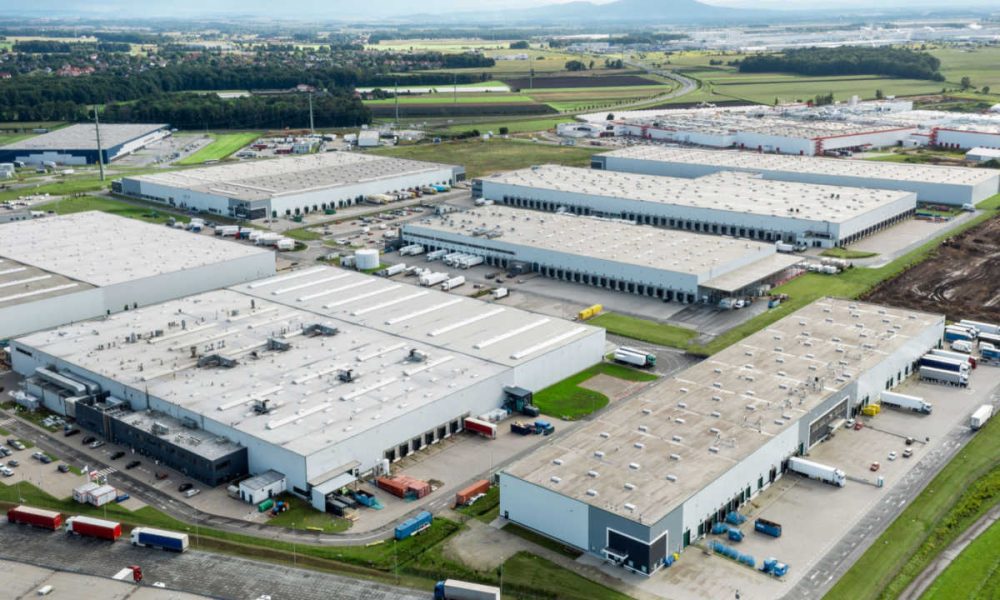Online Shopping Slowdown Could Lead to Glut of Warehouses

The surge in eCommerce fueled by the pandemic is now slowing down as more people return to shopping in stores, a shift that could affect the amount of warehouse space needed as retailers and marketplaces expanded to meet demand.
Several European retailers that only operate eCommerce storefronts have seen consumer demand fall off, leading Zalando and Made.com to warn that profits would be down, the Wall Street Journal reported on Friday (July 22).
See also: Ocado Reels in Delivery Expansion as UK Shoppers Head to Stores
In the U.K., consumers are also using delivery services less for online grocery shopping orders, leading Ocado to reduce expansion plans and ponder how it will fully utilize its new facilities in Bicester and Luton in England, PYMNTS reported on Thursday.
The delivery platform lost sales during the pandemic due to a lack of warehouse space and now is facing too much as consumers change their habits.
Read more: Delivery Firm Gopuff Cuts 1,500, Closes Warehouses
In the U.S., however, online grocery shopping is still a habit that people are hanging on to post-pandemic, with close to 60% more people shopping for groceries online rather than in person in the past 12 months, according to the PYMNTS report , “Satisfaction in the Age of eCommerce.”
During the two years of the pandemic, Amazon came close to doubling the number of warehouses it had in the U.S., and has since closed or killed the launch of 28 hubs or fulfillment centers, the WSJ reported.Digital sales will still surpass store purchases over the longer term, according to the report, and some retailers have too much stock, while others will need warehouse space to fend off greater global supply chain risks.New research by PYMNTS shows that the average consumer now carries out at least two transactions online each day, […]
Click here to view original web page at www.pymnts.com
I am a robot. This article is curated from another source (e.g. videos, images, articles, etc.). For the complete article please use the link provided to visit the original source or author. Content from other websites behaves in the exact same way as if the visitor has visited the other website.
Warning: The views and opinions expressed are those of the authors and do not necessarily reflect the official policy or position of MichelPaquin.com.
